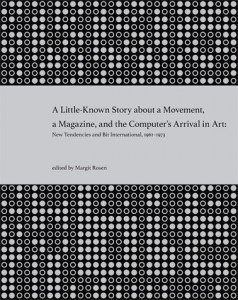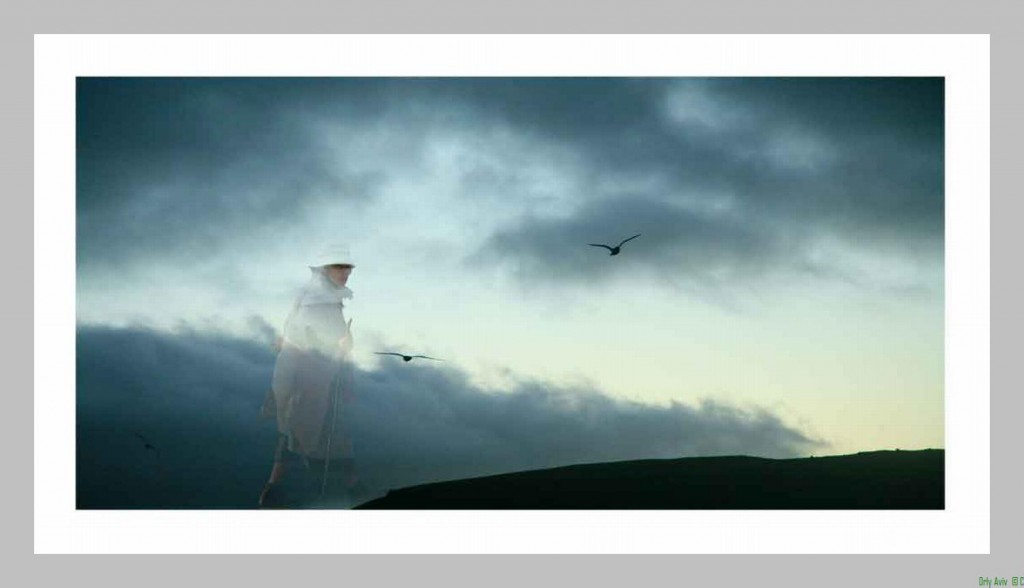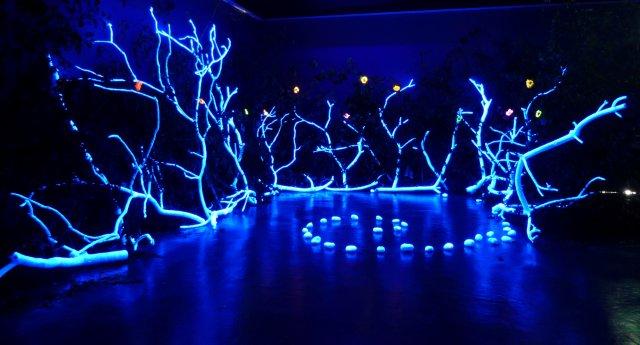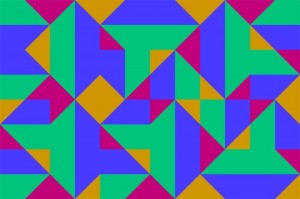A Little-Known Story About a Movement, a Magazine, and the Computer’s Arrival in Art: New Tendencies and Bit International, 1961-1973, edited by Margit Rosen has recently been published by MIT Press. I’ve long admired Margit’s work at Germany’s ZKM and this book, clearly the result of years of hard work, brings together Margit’s significant research and curatorial skills. It is a great, weighty tome that delivers a big bang for your buck, illuminating an exhibition movement that took place predominately in Europe – although its reach extended to Britiain and elsewhere (particularily seen in the work of Gustav Metzger, Alan Sutcliffe and others discussed within). Highlights include a clear and useful introductory essay by Margit, re-printed original texts by Metzger, Herbert W Franke, Joanthan Benthall to name just three and numerous photographs and illustrations. The whole publication is wonderfully clear and beautifully laid-out as you might expect from a top-class museum like the ZKM. Well worth a read if you’re interested in questions of why we are where we are today.








